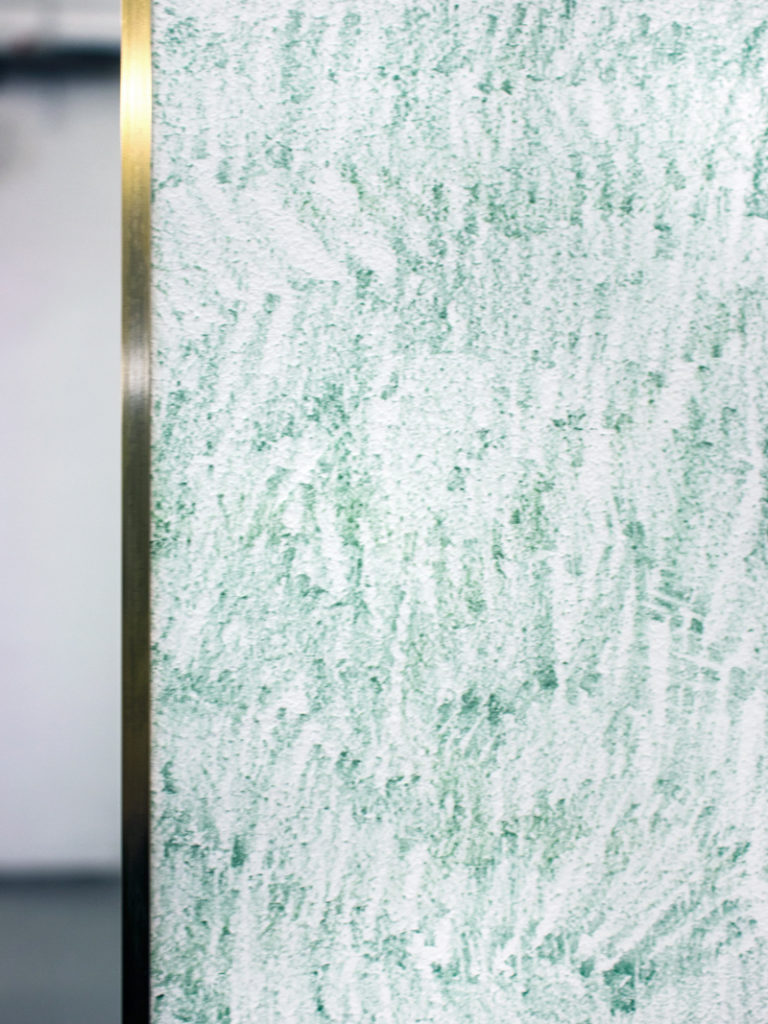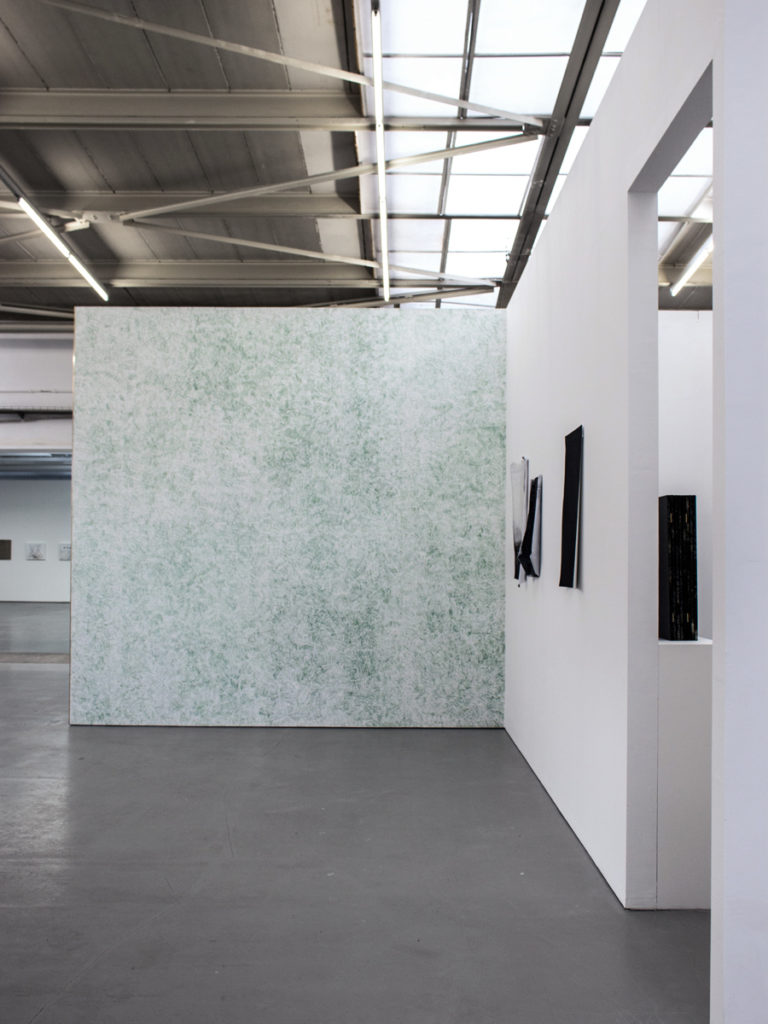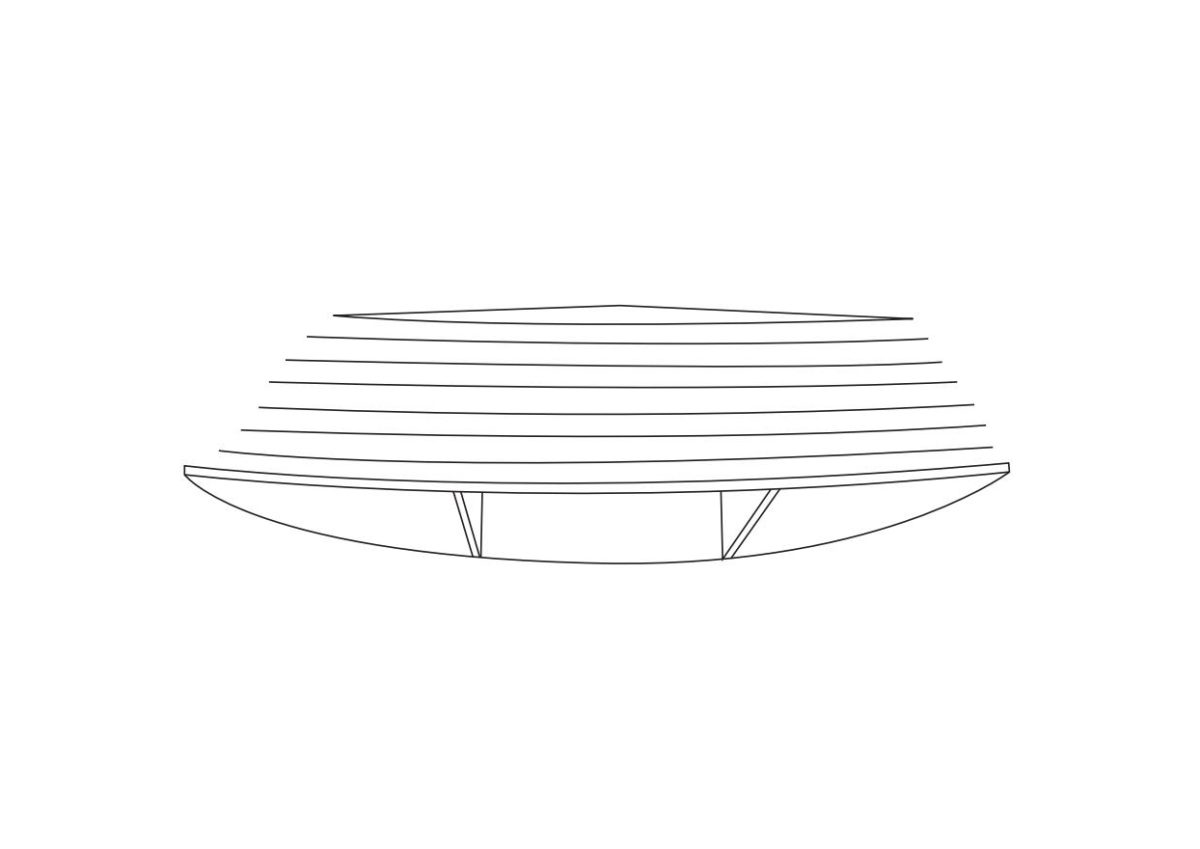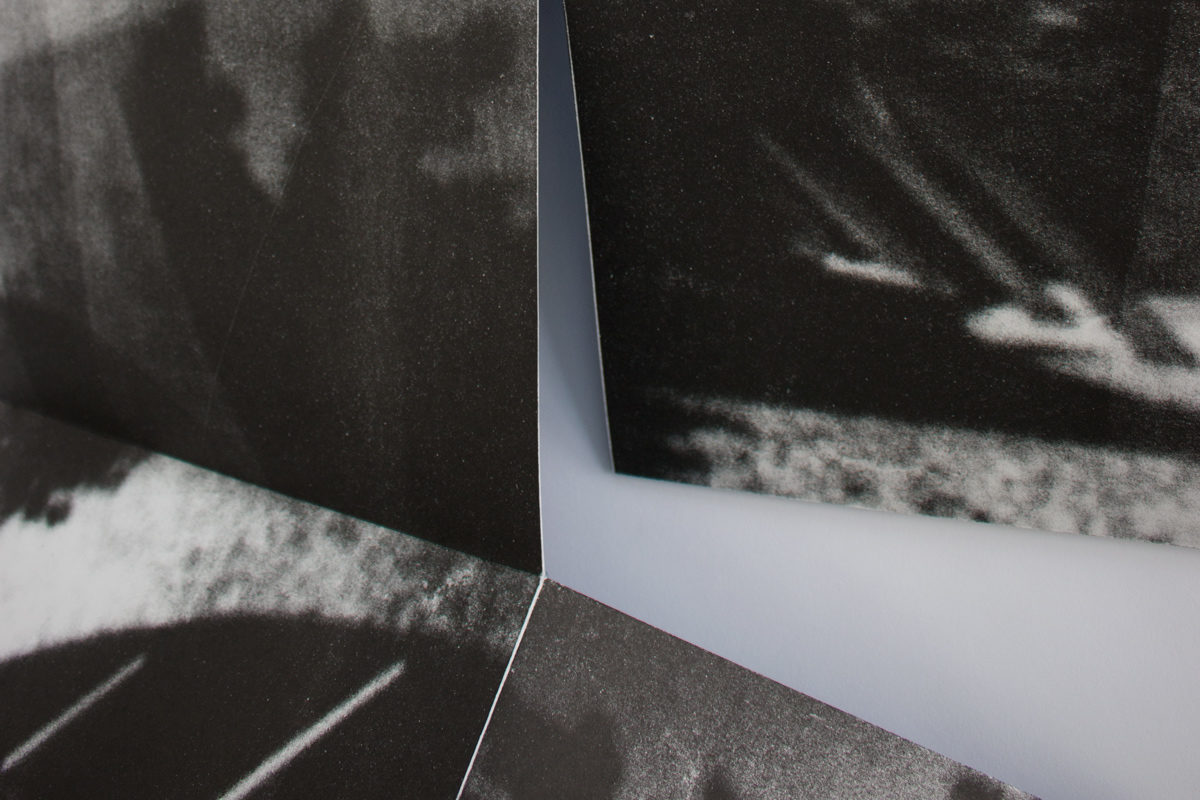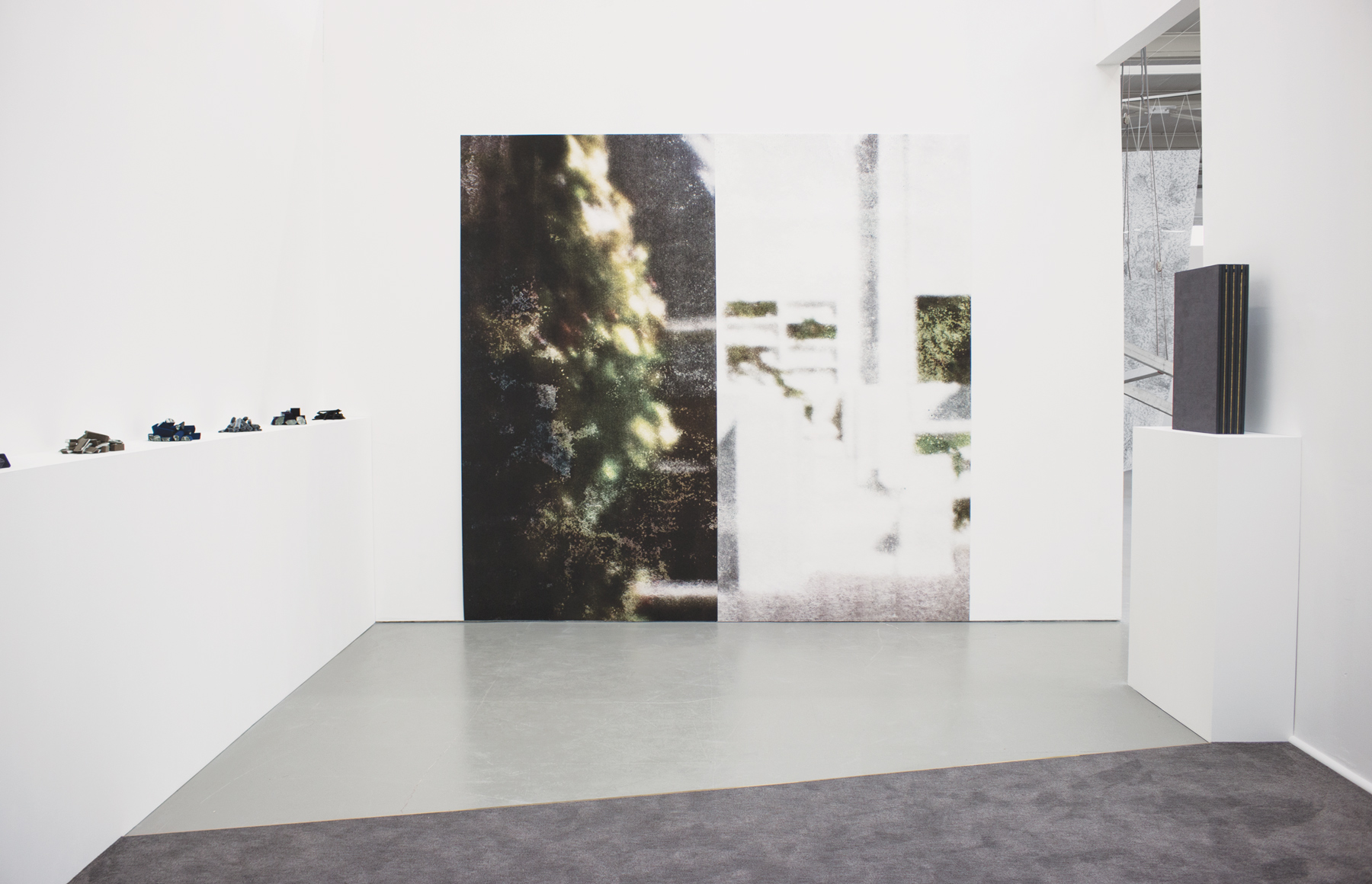

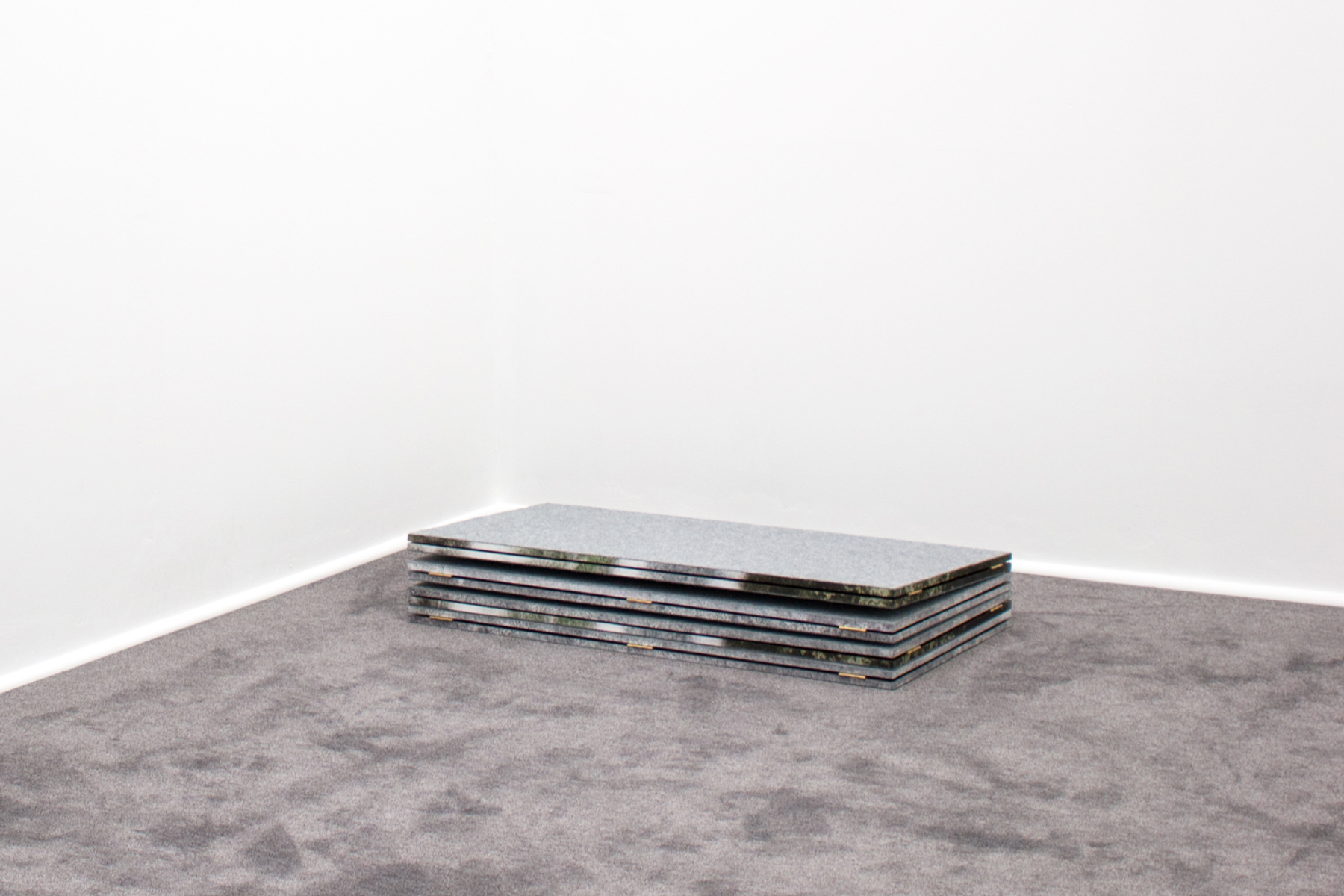
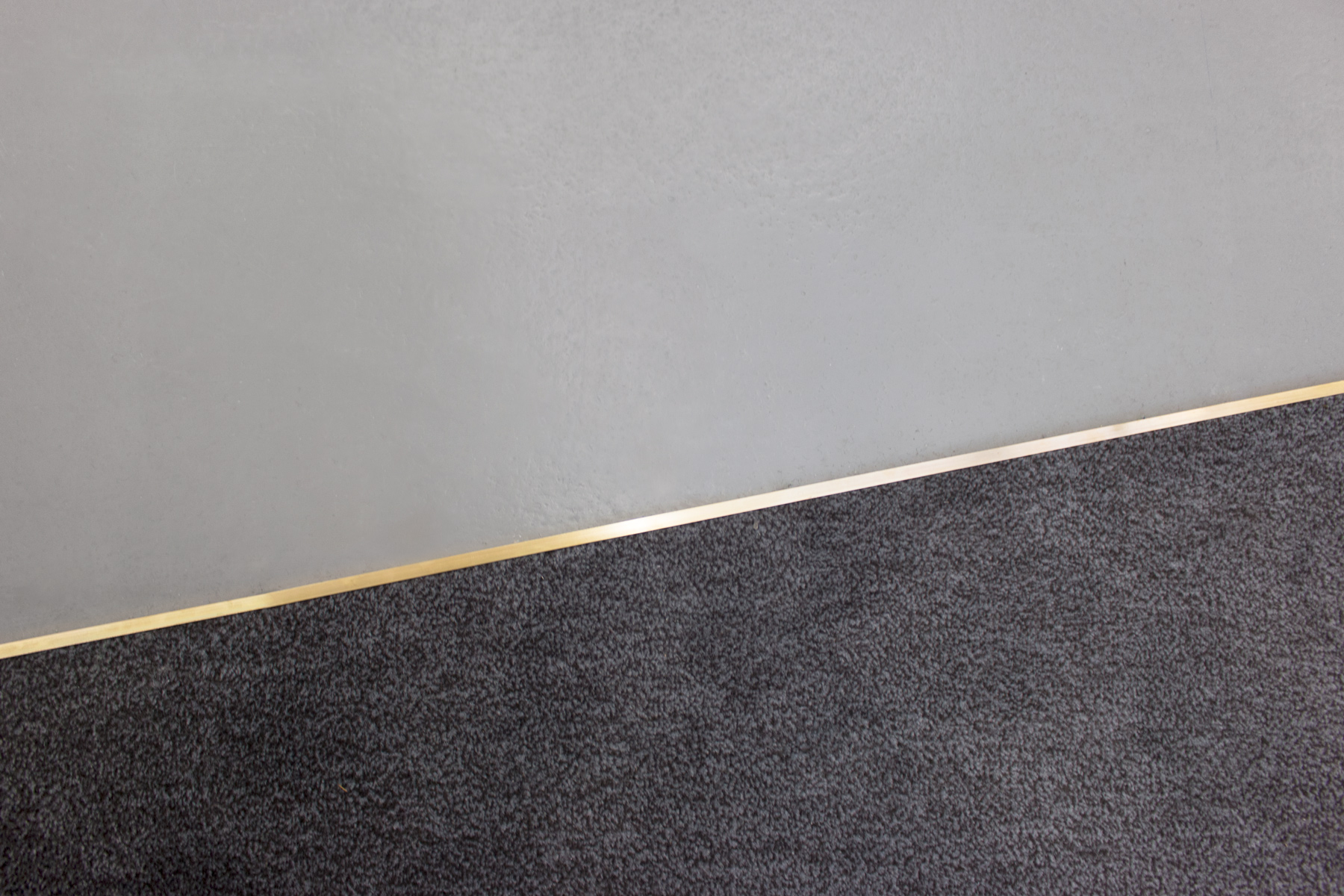
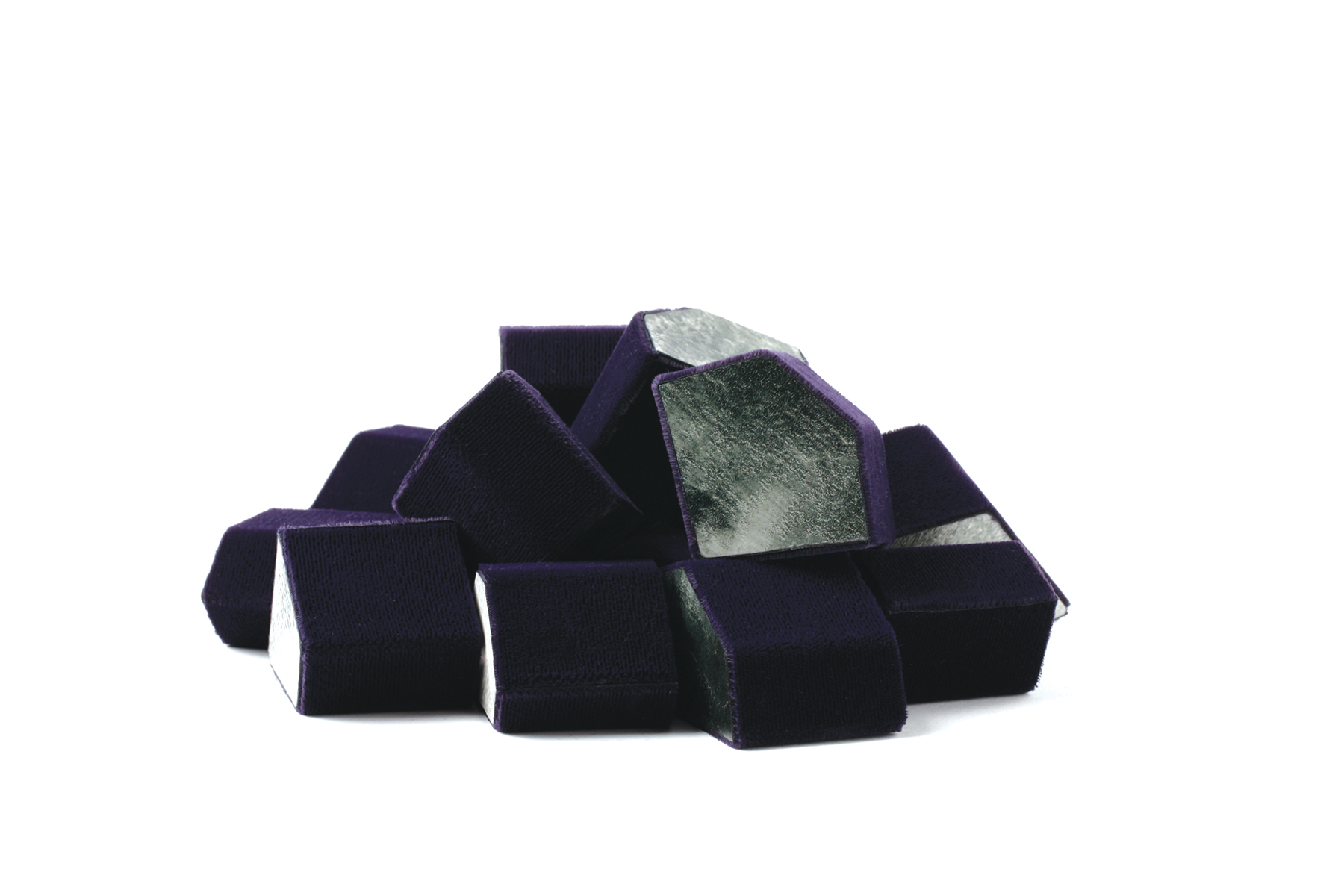
Coined by psychologist James Gibson, ‘epicritical vibrissa’ refers to the sensory ability that enables a person to accurately determine their surroundings by means of an external aid, instead of direct contact.
An example of this is the ability of feeling the subtle variations of an irregular surface by trailing a stick over it. We discern the texture, not at the area of contact between hand and stick where the nerve endings are situated, but at the end of the stick, as though it were an anatomical extension of the body. It refers to the specialisation of the nerves in the hand that engages a combination of muscular and movement sensors. This allows for conscious and unconscious observation of complex sensation not only of surfaces and edges, but also of weight, volume, temperature, density and volume.1
This work is a two-part installation that combines printed matter, tactile surfaces and the sense of touch in an interior environment to create a specific sensory disposition and haptic experience.
A selection of objects and surfaces stipulate a haptic disposition that oscillates between abstraction and representation; clarity and obscurity; distance and proximity; intimacy and comfort. A removal, or distancing, between direct contact and sensory experience is translated into a spatial experience that hides as much as it sets out to present.
1. Tuan, Y. 1993. Pleasures of the Proximate Senses in Passing Strange and Wonderful: Aesthetics, Nature And Culture. Island Press: Washington (p.42)

